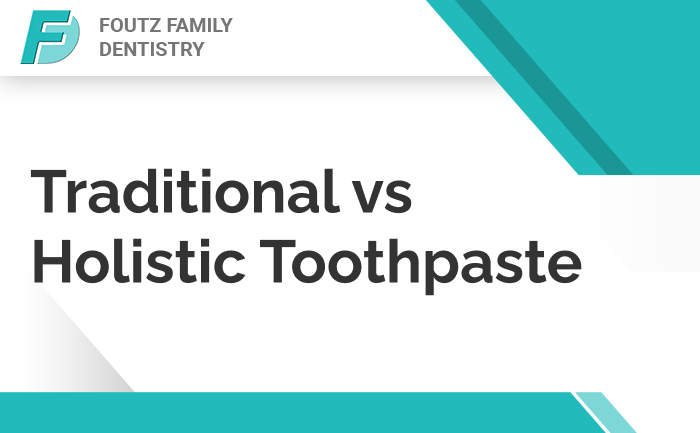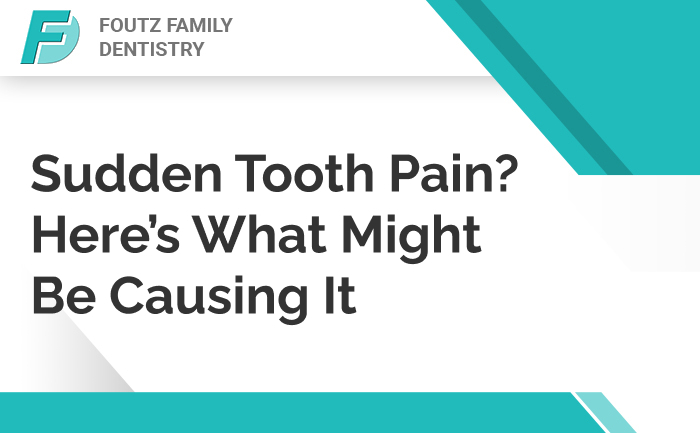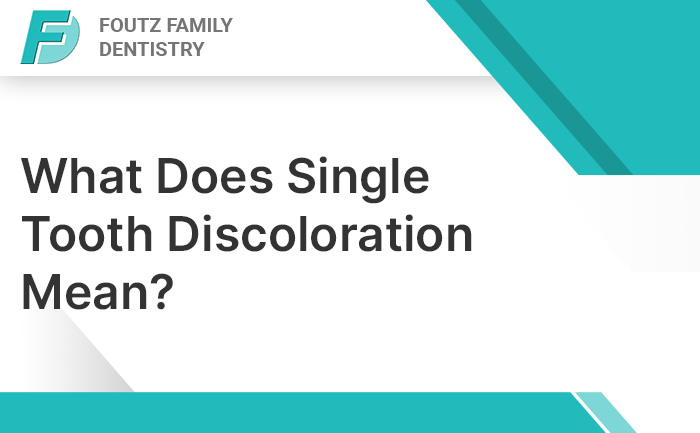Good oral health depends on various factors, and choosing the right toothpaste is one of those. With so many toothpastes on the market, how do you know which to choose? Between traditional and holistic toothpaste, it boils down to personal preference, as each type has positive features, benefits, and differences.
Read on as we cover the ingredients, benefits, costs, and effectiveness of traditional and holistic toothpaste, helping you navigate the best option for your oral health.
Ingredients: What’s Inside?
Traditional toothpaste combines fluoride, abrasives, flavoring, and humectants. The first ingredient strengthens enamel, the second ingredient polishes teeth to a gleaming shine, the third ingredient is pleasant to the tastebuds, and the fourth ingredient keeps toothpaste moist to prevent dryness, spoilage, or crumbling.
Holistic toothpaste typically contains a natural breath freshener, such as spearmint or peppermint oils, antibacterial elements in organic oil forms, ginseng root or turmeric extract to soothe gums, and nano-hydroxyapatite. The latter ingredient is a natural alternative to fluoride, strengthening enamel and reducing the risk of painful sensitivities.
Traditional and Holistic Toothpaste: Key Benefits
Holistic and traditional toothpaste have similar benefits, bolstering oral hygiene. However, where holistic toothpaste is chemical-free, eco-friendly, and customizable, traditional toothpaste uses synthetic ingredients, comes in disposable packing, and comes in (usually) one of three flavors: mint, cinnamon, or berries.
Packed with fluoride, traditional (also known as commercial) toothpaste combats weakened spots in the enamel, preventing them from becoming cavities. Holistic toothpaste has a similar ingredient that is gentler on teeth and gums, soothing inflammation with a less abrasive cleansing method.
Cost Comparisons: Traditional vs. Holistic
Holistic toothpaste is usually more expensive because users pay for wholesome, all-natural ingredients. Traditional toothpaste is distributed worldwide in bulk, so most commercial brands are affordable, depending on their features. However, holistic toothpaste is designed to last longer than traditional, so you save cash after the initial purchase. In some cases, depending on how much toothpaste you use, the price points even out for both types of toothpaste.
Effectiveness and User Experience
Most children begin their lives with traditional toothpaste, so their flavor preferences are instilled. It becomes familiar. Holistic toothpaste is often discovered later in life when individuals become more aware of environmental impact and the benefits of holistic products to their bodies. Ergo, familiarity drives the user experience for traditional toothpaste, and eco-friendliness is the most sought-after experience for holistic toothpaste.
Effectiveness depends more on an individual’s hygienic habits and less on the kind of toothpaste used. Regardless of the toothpaste, a person’s oral health is determined by how often they brush, some genetics, and their diet and lifestyle.
Personal Preferences: Choosing the Right Toothpaste for You
The best toothpaste is subjective, and it’s up to you to decide what works best for your personal oral hygiene. And that doesn’t mean you have to be linear in your decisions. If you choose traditional toothpaste for one month, you can select holistic toothpaste for another, and vice versa. Trying different kinds of toothpaste will help you gauge your preferences.
To maximize the benefits of holistic and traditional toothpaste, use both—one in the morning and another in the evening. Avoid rinsing your mouth for ten to fifteen minutes after using the holistic toothpaste to allow optimal benefits, like mineral absorption and enamel strengthening.
In Conclusion: Making an Informed Decision for the Health of Your Teeth
Dentists have the know-how, expertise, and experience required to help you make informed decisions about the health of your teeth and gums. When choosing between holistic and traditional toothpaste, please consult with a dentist for their suggestions. Dental professionals can emphasize the pros and cons of both types of toothpaste, guiding you with sound advice to make your decision easier.
Foutz Family Dentistry is one of the best, serving Henderson and Las Vegas for over three decades. Schedule a consultation and examination now to ensure the health and care of your teeth and gums!











 Dr. Barton Foutz of
Dr. Barton Foutz of 


